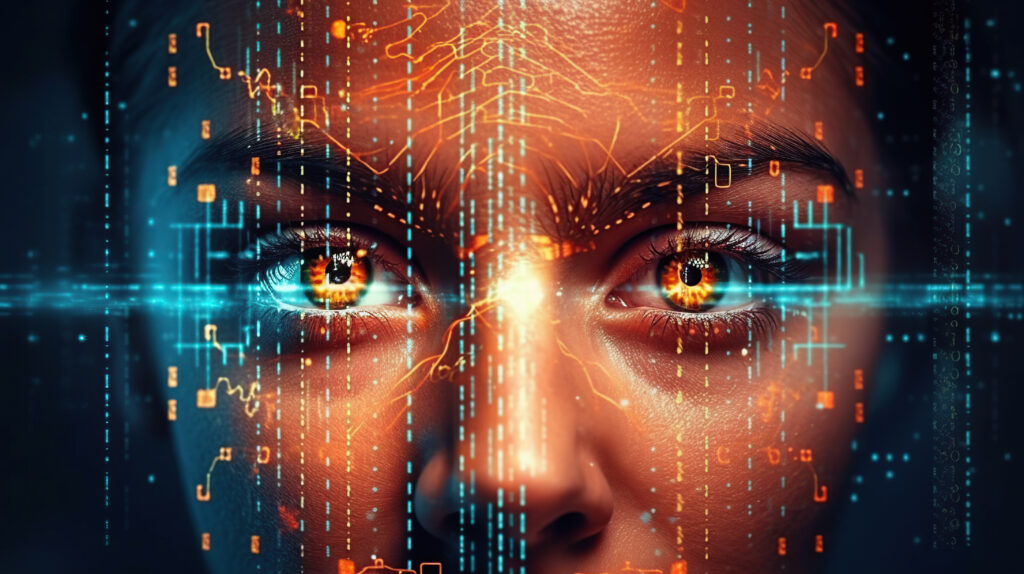
Will AI catalyze the radical economic transformation its evangelists promise, or will it follow the well-worn path of overhyped technologies that failed to reshape growth paradigms? The truth may lie in moderation
The meteoric rise of AI has already minted billionaires and captivated markets. Jensen Huang, CEO of Nvidia, personifies this boom: his net worth ballooned from US$4billion to US$83 billion in five years as demand for AI chips surged. OpenAI’s $86 billion valuation and the ascent of rivals like Anthropic underscore investor fervour. Yet beneath this gold rush lies a pivotal question: Will AI catalyse the radical economic transformation its evangelists promise, or will it follow the well-worn path of overhyped technologies that failed to reshape growth paradigms?
The Case for an AI-Driven Growth Explosion
Optimists draw from history and theory. AjeyaCotra and Tom Davidson of Open Philanthropy argue that AI could spur annual growth rates of 20-30% this century, a stark leap from the post-war U.S. average of 3.2%. Their thesis hinges on super-exponential growth patterns: human progress, they note, has accelerated since the Industrial Revolution as population growth fuelled innovation cycles. AI, they posit, could reignite this feedback loop. By automating research and labour, AI systems might circumvent the “diminishing returns” of traditional capital and labour models.
In economic terms, if AI achieves human-level competence in both cognitive and physical tasks, it could eliminate bottlenecks. Philip Trammell and Anton Korinek, economists who modelled AI’s impact, suggest that automating R&D alone might turbocharge productivity, creating a “virtuous cycle” of innovation. Imagine a world where AI-designed robots build better AI; a scenario where growth isn’t just sustained but self-reinforcing.
The Sceptics’ Reality Check
Yet history tempers enthusiasm. The Solow paradox, “You can see the computer age everywhere but in the productivity statistics”, looms large. Despite AI’s promise, U.S. productivity growth has languished near 1.4% since 2005. David Autor, an MIT economist, attributes this to Baumol’s cost disease: while sectors like manufacturing automate and shrink, others (healthcare, education) resist efficiency gains, dominating economic output. AI may automate coding or design, but if it falters in caregiving or construction, growth remains shackled. Moreover, today’s AI is not the sentient, generalised tool of theory. “AI does not reason. It does not think analytically,” Autor cautions. Robotics lag far behind software, and even ChatGPT’s prowess falls short of true innovation. Northwestern’s Ben Jones notes that while computing power grew 10¹⁷-fold since 1950, restaurants – and much of the economy – remain stubbornly human.
Between Mirage and Miracle
The truth may lie in moderation. AI could unclog productivity in stagnant sectors: imagine AI tutors democratising education or diagnostic tools expanding healthcare access. Autor envisions AI as a “collaborative tool” that augments labour rather than replacing it, boosting output without mass unemployment. This aligns with the “hollowing out” thesis, where mid-skill jobs decline but high- and low-skill roles expand – a messy but transformative shift.
Yet risks abound. Should AI automate broadly, Trammell’s models predict a plunge in labour demand, exacerbating inequality. A world where capital owners reap AI’s gains while workers languish is a recipe for unrest. Policymakers must grapple with redistribution, through taxes or universal basic income, to avert dystopia.
Eliminating the Optimism Bias of AI Use
The AI discourse echoes past technological euphoria, from railroads to the internet. Its economic impact will hinge not on algorithms alone but on human choices: investment in complementary infrastructure, regulatory foresight, and social safety nets. While a 30% growth surge remains speculative, AI’s potential to modestly accelerate productivity and reshape sectors, is tangible. The challenge lies in tempering starry-eyed optimism with pragmatic stewardship. As Davidson concedes, “The models are just models.” The future, as ever, is unwritten. It is important to do away with the optimism bias of AI as a panacea. This research team believes in AI’s promise but cautions against conflating potential with inevitability. The lesson of history is not that technology fails, but that its benefits are neither automatic nor evenly shared. In this AI age, preparation, not prophecy, will determine who prospers.


